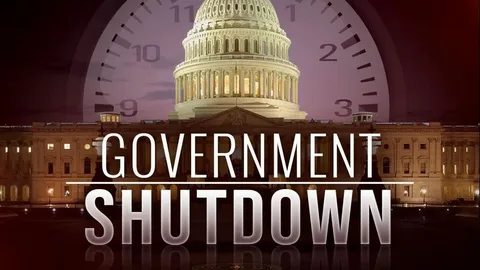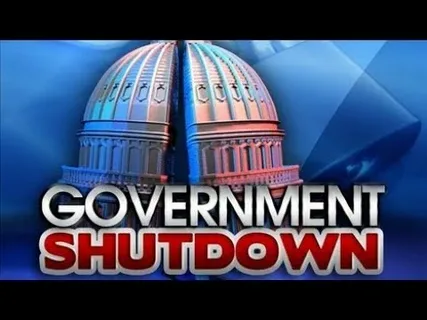A U.S. government shutdown—while disruptive to federal services and certain sectors—is typically a short-term political event, not a systemic economic crisis. Most shutdowns last days or weeks, not months, and have minimal long-term impact on financial markets. Historically, the S&P 500 has often continued to rise during shutdowns, as private-sector activity remains largely unaffected.
That said, the best investments during a government shutdown prioritize stability, liquidity, and resilience to temporary uncertainty—not panic-driven shifts. The key is to avoid overreacting while ensuring your portfolio isn’t overly exposed to shutdown-sensitive sectors.
What’s Actually Affected During a Shutdown?
- Federal workers and contractors: Delayed paychecks (though back pay is typical)
- National parks, museums, and regulatory agencies: Temporarily closed or slowed
- Economic data releases: Delays in GDP, jobs reports, or Treasury auctions
- Sectors with heavy federal reliance:
- Defense contractors (e.g., Lockheed Martin, Raytheon) may see delayed contract approvals
- Government services firms (e.g., IT, logistics for agencies) face short-term revenue pauses
Crucially: Social Security, Medicare, mail delivery, and most essential services continue uninterrupted.
Best Investments to Hold During a Shutdown
- Short-Duration U.S. Treasuries (T-Bills)
Despite the shutdown, U.S. Treasury securities remain the world’s safest asset. In fact, demand often rises during political uncertainty, pushing yields slightly lower and prices higher. 1–3 month T-Bills yield ~5.2% and offer daily liquidity—ideal for cash reserves. - Defensive, Non-Cyclical Equities
Companies with inelastic demand and minimal government exposure thrive regardless of D.C. gridlock:- Healthcare (e.g., UnitedHealth, Johnson & Johnson)
- Consumer staples (e.g., Procter & Gamble, Walmart)
- Utilities (e.g., NextEra Energy)
These sectors historically outperform during periods of political noise.
- Private Real Assets with Non-Government Tenants
Accredited investors should focus on real estate or infrastructure with private-sector or essential-service tenants:- Data centers (leased to tech firms)
- Logistics warehouses (serving e-commerce)
- Medical office buildings
Avoid assets reliant on federal leases or discretionary government spending.
What to Avoid
- Defense or federal IT stocks: May underperform temporarily due to procurement delays
- Market timing: Selling equities based on news headlines often locks in losses unnecessarily
- Cryptocurrency or speculative assets: Often amplify volatility during uncertainty
The Bigger Picture: Shutdowns Are Noise, Not Risk
Since 1976, the U.S. has experienced 21 government shutdowns. None triggered a recession. Most lasted under 10 days. Markets typically ignore them—because the private economy keeps running.
At ValueFinity, we treat shutdowns as non-events for long-term portfolios. Our focus remains on durable cash flows, global diversification, and real asset ownership—not political theater.
Suggested Image 4: A historical timeline showing major shutdowns (1995, 2013, 2018) overlaid with S&P 500 performance—demonstrating continued upward trend.
Conclusion
The best investments during a government shutdown are the same as those before and after: high-quality, diversified, and uncorrelated to political cycles. Stay the course, avoid emotional decisions, and remember—shutdowns make headlines, not long-term investment outcomes.
For institutional-grade strategies built for all market environments, visit valuefinity.com or reach us at Capital@valuefinity.com .




